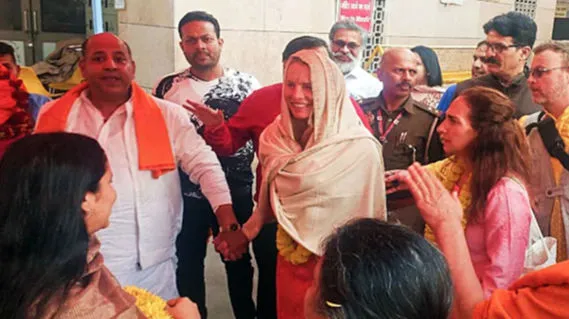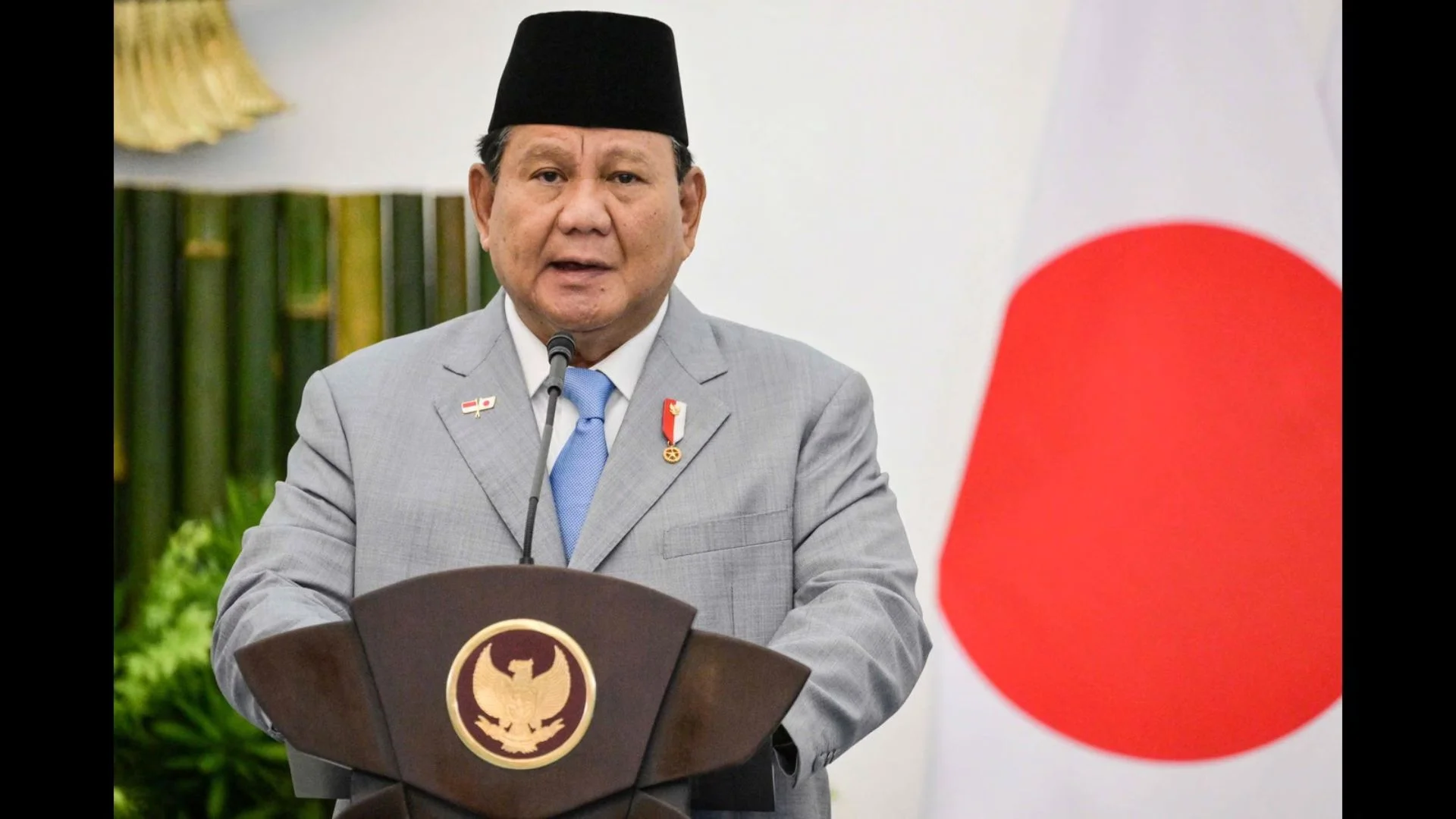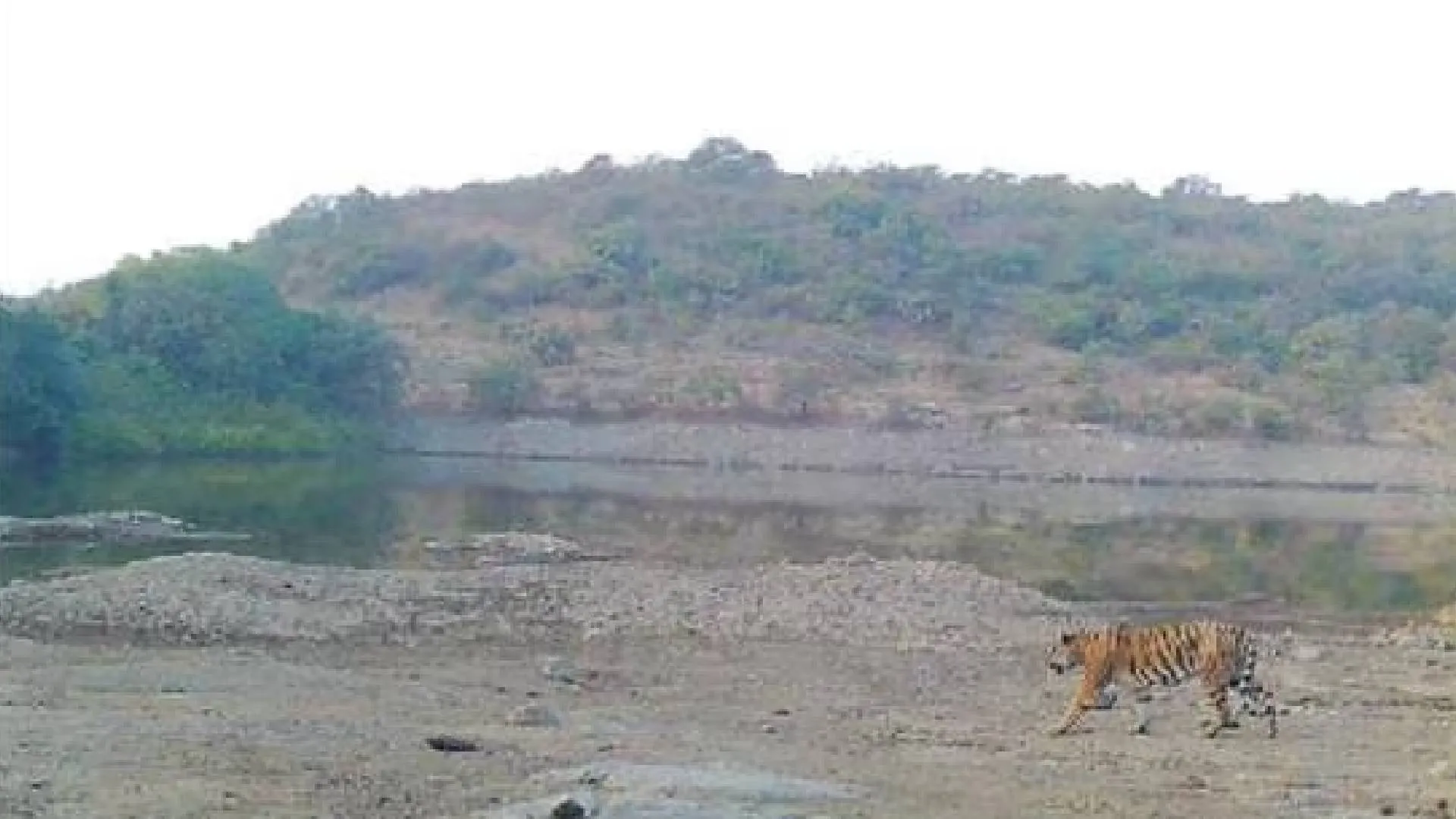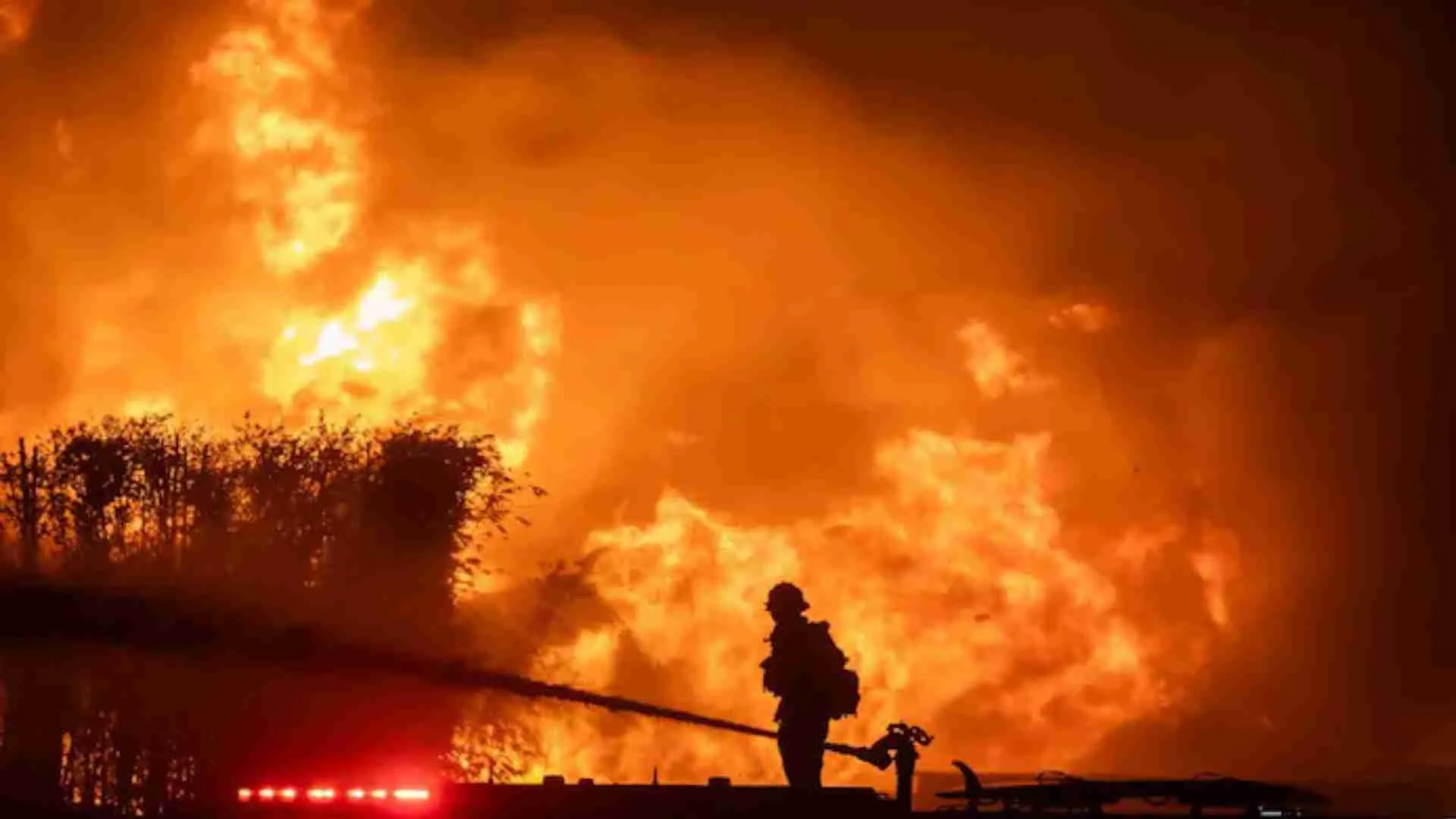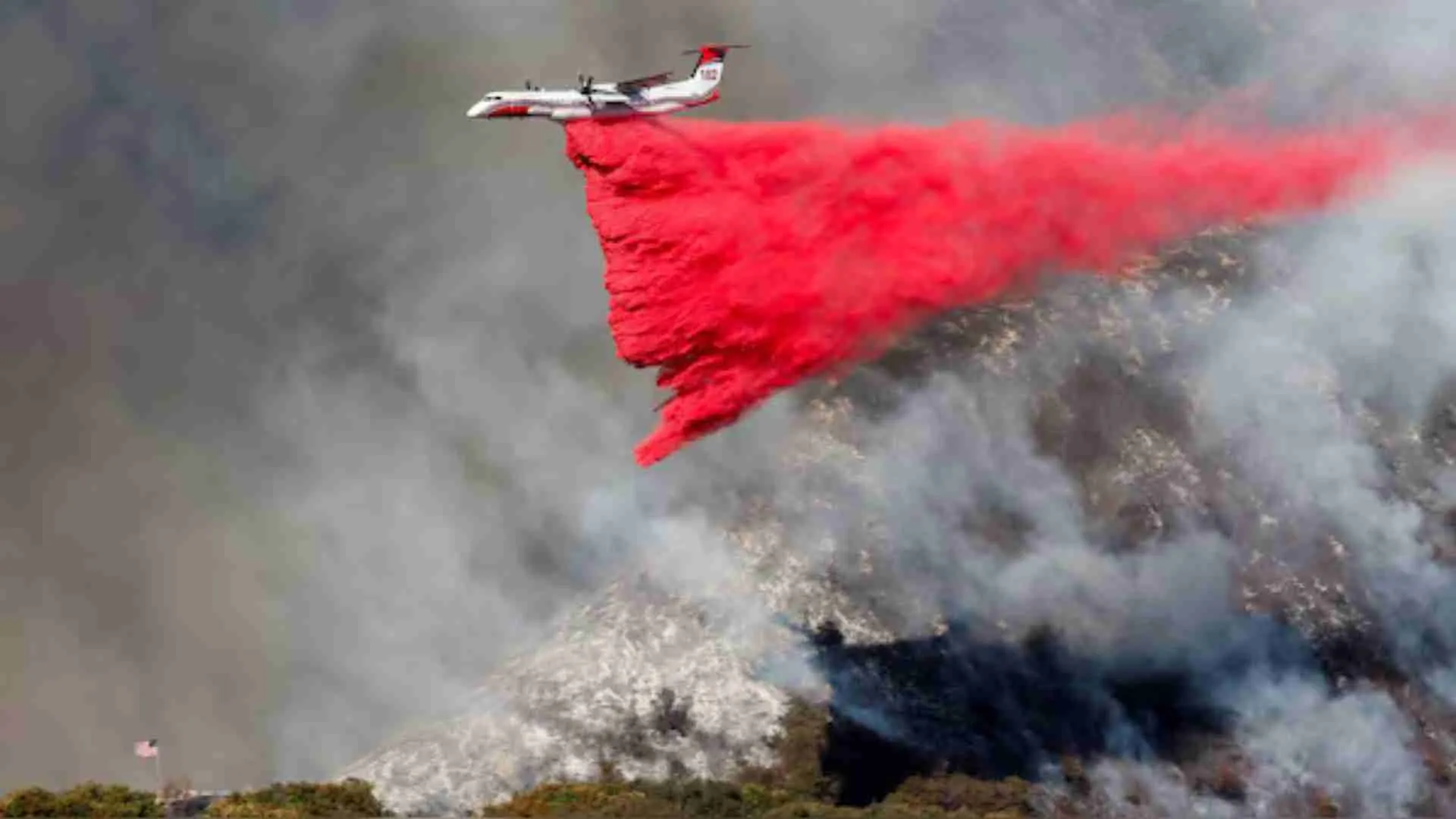On December 13, 2024, Prime Minister Narendra Modi described the 2025 Maha Kumbh as a “mahayagya of unity” that would elevate India’s cultural and spiritual identity globally. During his visit to Prayagraj, he inaugurated 167 development projects worth approximately Rs 5500 crore and launched a multilingual AI chatbot, ‘Kumbh Sah’AI’yak’. He called the upcoming Maha Kumbh, which will take place from January 13 to February 26, 2025, a significant “Maha Yagya” of unity.
Before the public meeting, PM Modi began his visit with a ceremonial puja and darshan at the holy Sangam—the confluence of the Ganga, Yamuna, and Saraswati rivers—and also took a river cruise. Uttar Pradesh Governor Anandiben Patel and Chief Minister Yogi Adityanath joined him at the ceremony. The Maha Kumbh, held every 12 years, is one of the world’s largest spiritual gatherings.
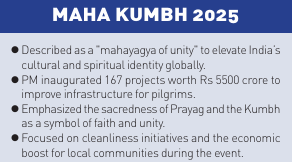
PM Modi emphasized India’s rich cultural and spiritual heritage, highlighting the sacredness of its rivers, including the Ganga, Yamuna, Saraswati, Kaveri, and Narmada. He described Prayag as a powerful confluence, not only of rivers but of divine energies. He explained that it is a place of great spiritual significance, often praised in Vedic verses and Puranas.
Prayag, according to the Prime Minister, is a place where all four pursuits of life—‘Dharma’, ‘Arth’, ‘Kama’, and ‘Moksha’—are present. He recited a Sanskrit shloka to describe its holiness, from the blessings of various deities to the immortality of Akshayvat.
PM Modi also noted that the Maha Kumbh represents India’s living legacy of faith, spirituality, and culture, bringing together religion, knowledge, devotion, and art. He explained that a holy dip in the Sangam is considered as powerful as visiting countless other sacred sites, purifying the individual of all sins. He attributed the enduring significance of Kumbh to its deep spiritual roots, which have persisted despite historical challenges, such as various rulers and colonial rule. Kumbh, he said, is a symbol of inner consciousness, drawing people from all parts of India to the sacred banks of the Sangam.
Prime Minister praised the Mahakumbh as a symbol of unity, where people from diverse backgrounds come together, embodying the spirit of Ek Bharat, Shreshta Bharat. He emphasized Kumbh’s significance in India’s cultural and spiritual tradition, serving as a platform for saints to discuss national issues and inspire social change, even before modern communication existed. The Prime Minister noted that Kumbh continues to play a vital role in national discourse, sending positive messages and encouraging collective thought on national welfare.
He criticized past governments for neglecting Kumbh and pilgrimages, causing difficulties for devotees. Under the current government, both Central and State authorities have worked together to enhance facilities, with substantial investments in infrastructure and connectivity to ensure smooth access for pilgrims. The Prime Minister also highlighted the government’s focus on development and heritage preservation through projects like the Ramayana, Krishna, Buddhist, and Tirthankar Circuits, along with schemes like Swadesh Darshan and PRASAD.
He mentioned key developments such as the Ram Mandir in Ayodhya, Vishwanath Dham, and Mahakal Mahalok, which have garnered global recognition.
PM highlighted the development of key corridors like the Akshay Vat, Hanuman Mandir, and Bharadwaj Rishi Ashram, along with the revitalization of sacred sites such as Saraswati Koop.
and Patalpuri, to enhance the Kumbh experience for devotees. He emphasized Prayagraj’s historical significance, particularly Lord Ram’s journey and his interaction with Kevat, symbolizing devotion and friendship. The development of Shringverpur Dham was mentioned as a testament to this spirit of harmony.
The Prime Minister stressed the importance of cleanliness for the success of the Kumbh, highlighting initiatives like the Namami Gange program and the deployment of over 15,000 sanitation workers to maintain hygiene. He expressed gratitude for their work and drew an analogy with Lord Krishna’s humility in performing everyday tasks.
He also discussed the economic impact of the Mahakumbh, with many job opportunities being created for boatmen, shopkeepers, and others involved in the event. The Kumbh is expected to boost local and regional economies, as devotees will travel by trains and flights, further stimulating growth.
Regarding the Digital Kumbh, the Prime Minister announced the use of AI to facilitate communication in 11 languages and suggested organizing photography and spirituality-related competitions to engage youth. He expressed confidence that the Mahakumbh’s collective energy will strengthen India’s resolve toward development and prayed for the welfare of humanity through the sacred confluence of the rivers.
During this, the PM also watched a short film based on Mahakumbh 2025. Reflecting on the magnificent scale and size of the Mahakumbh, the PM said that it is one of the largest gatherings in the world where lakhs of devotees are welcomed daily for the Mahayajna lasting 45 days and a whole new city is set up for the occasion. “A new history is being written on the land of Prayagraj.”


